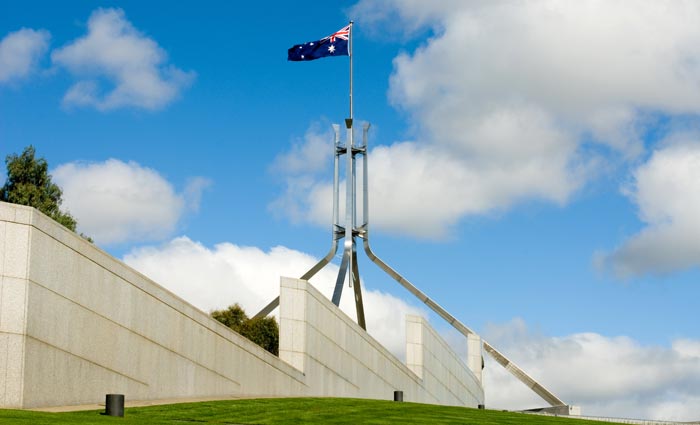
Canberra is currently refreshing its Print & Production multi-use list, which includes 39 government agencies.
ProPrint spoke to 10 printers who have been part of the list at some point and without exception, all were critical of the strategy.
Suppliers on the panel are given reports showing how their quotes stack up against winning bids, and many said pricing was “ridiculous”.
One printer that was on the panel from 2009 to 2011 but said it would not seek to renew is Kosdown Printing.
Managing director David Downie gave an example of the kind of prices being given to the Federal government. The Port Melbourne-based printer quoted $2,100 for an 8pp plus cover four-colour job, which included $650 of paper costs. The winning bid was $1,080.
“Why give suppliers reports to show how far they have missed out by unless to drive prices down into the ground. How does that support manufacturing?”
A Federal government spokesperson said keeping costs down was a focus.
“In all its procurement activities under the multi-use list, the department seeks best value for money for the taxpayer’s dollar, as is expected by the Australian public,” said the spokesperson.
Patrick Crawford, director of Sydney-based Dobson’s Print, which has also been part of the panel, said: “The problems with those portals, we steer clear because the work is too low yielding. The sub-$3000 job category means there is no margin.”
Bruce Peddlesden, managing director of On Demand Printing in Melbourne, said his company also decided not to re-apply after its first year on the panel, because the margins were too slim and quoting was too onerous.
“We got nothing out of it – not a red cent. It was a waste of time and money and they just went and did what they were doing before.
“The pricing that they were wanting was just ludicrous.”
Peddlesden added that it wasn’t hard to get onto the list, but “trying to get work out of it at a decent margin was impossible. We won one job in that one year.”
The spokesperson told ProPrint: “The department is certainly keen to see suppliers paid a fair value for their work, and does not control or influence the pricing of any supplier for any job – and has never done so.”
Despite several of the printers ProPrint spoke to saying they had been turned off the panel after their experiences, the list has grown since it was established, up from around 78 printers in 2009 to 106 on the 2011 multi-use list.
Many printers were critical of the number of suppliers for any one category. For instance, there are 55 suppliers for ‘Offset colour printing and finishing 1,000 to 10,000 units’.
The director of one Melbourne print shop, who asked not to be named, said the approach was “quote and hope” with “no loyalty”.
He said some of the firm’s quotes had been beaten by more than 80%, and criticised the number of suppliers.
Recalling one failed quote, he said: “We went hard for it, so I called the print management unit person and asked how many people went for it – we were one of 17.”
The director said that for 17 companies to each spend around 15 minutes preparing a quote was unsustainable and wasteful.
But the government was “confident the adopted model is fair and participative”, said the spokesperson.
“As per the requirements of the Commonwealth Procurement Rules, all prospective providers that meet the requirements as stated in the annual tender are added to the multi-use list. At list level, there is no comparison of one supplier to another or ranking of suppliers to decide who should be on the list.”
Another anonymous Melbourne printer, who dropped off the list after one year, said the prices were “ridiculous and we couldn’t compete”.
He said the Federal government work had the lowest margin and greatest difference between his prices and the winning bids of any print work managed via a panel arrangement.
“We analysed it a few times then put in some ridiculous low prices and still didn’t get it,” he added.
The government spokesperson talked up the benefits of its strategy, saying “the requirements to be added to the multi-use list have been streamlined as much as possible”.
“Before 2009, most large government departments set up individual lists of printers, meaning that suppliers had to respond to multiple, different tenders. Now they only need to respond to one.
“The establishment of the multi-use list has exposed SMEs to many opportunities that they otherwise may have never seen,” added the spokesperson.
Comment below to have your say on this story.
If you have a news story or tip-off, get in touch at editorial@sprinter.com.au.
Sign up to the Sprinter newsletter
